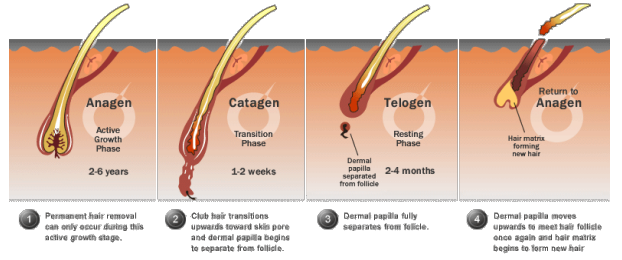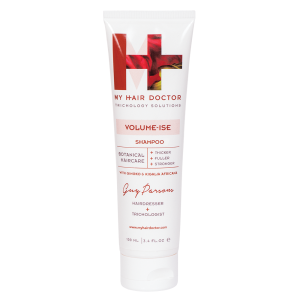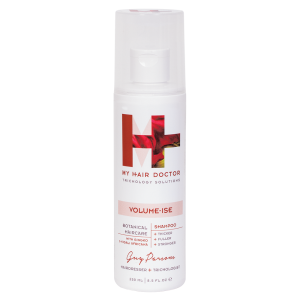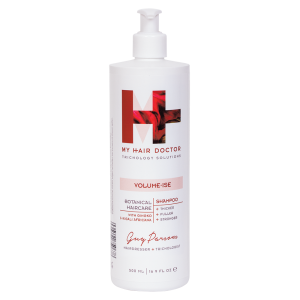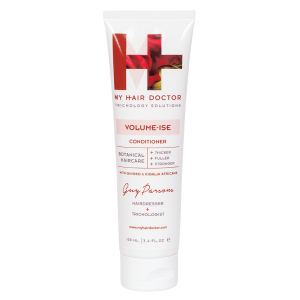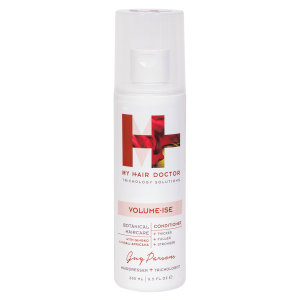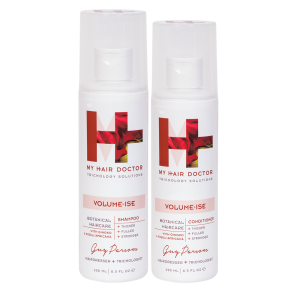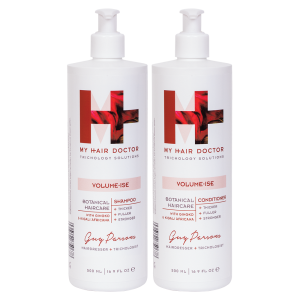Hair Science, Alopecia, Hair Loss Women
ANAGEN EFFLUVIUM
EFFLUVIUM
Excessive shedding of scalp hair. There are two significant forms of effluvium (Anagen and Telogen)
Anagen effluvium is a diffuse hair loss like telogen effluvium, but it develops much more quickly and can cause individuals to lose all their hair. Anagen effluvium is most frequently seen in people taking cytostatic drugs for cancer or those who have ingested toxic products like rat poison.
Substances of this type inhibit rapid cell proliferation. This is a desirable factor if you are trying to block the development of a cancer, but the cells of hair follicles are some of the most rapidly proliferating, noncancerous cells the body has. Hair fiber from scalp hair follicles grows at up to 0.4mm a day and that rate of growth requires a lot of cell proliferation. Cytostatic cancer drugs and various toxins and poisons inhibit rapid cell growth, including the proliferation of cells in the hair follicles. The result is a sudden shut down of hair fiber production.
The onset of anagen effluvium is very rapid. Some individuals who start taking anti-cancer drugs can literally pull their hair out in clumps within the first two weeks. Because these drugs act so quickly and are so potent, the hair follicles have no time to enter into a telogen resting state, as with telogen effluvium, a response to a more moderate environmental challenge.
Instead, in anagen effluvium the hair follicles enter a state of suspended animation, frozen in time. The hair fibers fall out quickly, but instead of looking like typical telogen hairs with little bulbs of keratin on the root end, the hairs that fall out are mostly dystrophic anagen hairs with a tapered or sometimes feathered root end.
With cytostatic anti-cancer drugs, the degree of hair loss varies from person to person.
Some people may have a mixture of anagen effluvium and telogen effluvium and have more limited hair loss.
Some cancer treatment centers try to block the hair loss using a cold therapy. More popular in Europe than North America, cold therapy involves covering the scalp with ice packs or using a special hood filled with cold water while the anti-cancer drugs are given. The cold sends the hair follicles into suspended animation prior to contact with the drug. This stops the hair follicle cells from taking up the drug and being damaged by it. The result is much less drug-induced hair loss. However, doctors worry that any cancer cells in the skin may also avoid the anti-cancer drugs if cold therapy is given during drug treatment.
Some experimental drugs to block drug induced hair loss are under development, but the same fear applies. The treatments to stop hair loss may also protect any cancer cells in the skin.
While, the development of anagen effluvium is rapid, the recovery is also equally rapid. Because the follicles are just frozen in time, they are ready to grow once the factor causing the anagen effluvium has been removed.
On completion of an anti-cancer drug treatment course, a person may start to see new hair growth within a month. The hair follicles are not destroyed, so there should be a normal hair growth density. However, some people notice a change in the nature of the hair fiber produced. Some people find their hair changes from straight to curly or vice versa, or sometimes there is a change in hair color. These changes may be permanent.
Anagen Effluvium: a significant loss of hairshafts in their anagen phase. The onset may be rapid (e.g. Within 2-4 weeks of the cause). Major hair loss may result in extreme cases. Hair usually returns spontaneously.
Causes:
- Chemotherapy drugs (anti mitotic agents)
- Radiotherapy • Malnutrition
- Seborrhoeic dermatitis and other localised dermatoses.
- Oral contraceptives
- Vitamin A poisoning
- Iron deficiency
- Chronic infections
- Some Drugs
Volume-ise / Hairfood Active Botanicals


GINGKO
Working with Kigalia and Clary as an original blend of 3 plants acting synergistically and allowing scalp toning and limiting hair loss. They act on factors avoiding hair loss including 5-alpha-reductase inhibition, scalp microcirculation improvement and to decrease inflammation contributing to Seborrhoea (oiliness) which can block scalp follicles inhibiting growth.
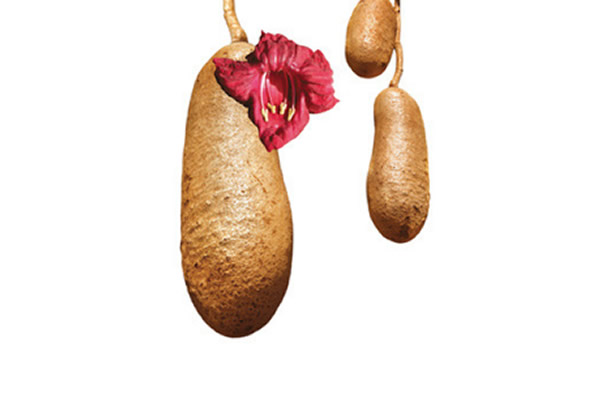

KIGALIA AFRICANA
Working with Gingko and Clary as an original blend of 3 plants acting synergistically and allowing scalp toning and limiting hair loss . They act on factors avoiding hair loss including 5-alpha-reductase inhibition, scalp microcirculation improvement and to decrease inflammation contributing to Seborrhoea (oiliness) which can block scalp follicles inhibiting growth.
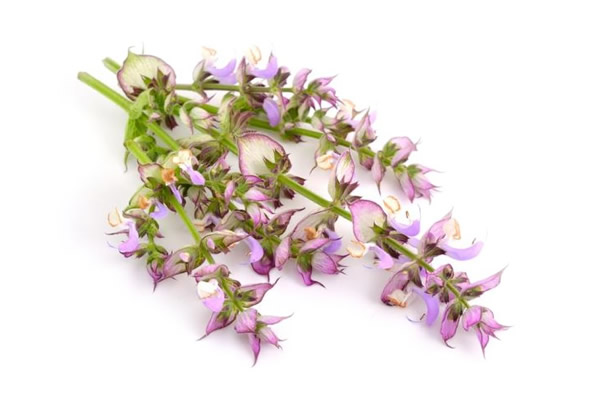

CLARY
Working with Kigalia and Gingko as an original blend of 3 plants acting synergistically and allowing scalp toning and limiting hair-loss. They act on factors avoiding hair loss including 5-alpha-reductase inhibition, scalp microcirculation improvement and to decrease inflammation contributing to Seborrhoea (oiliness) which can block scalp follicles inhibiting growth.


